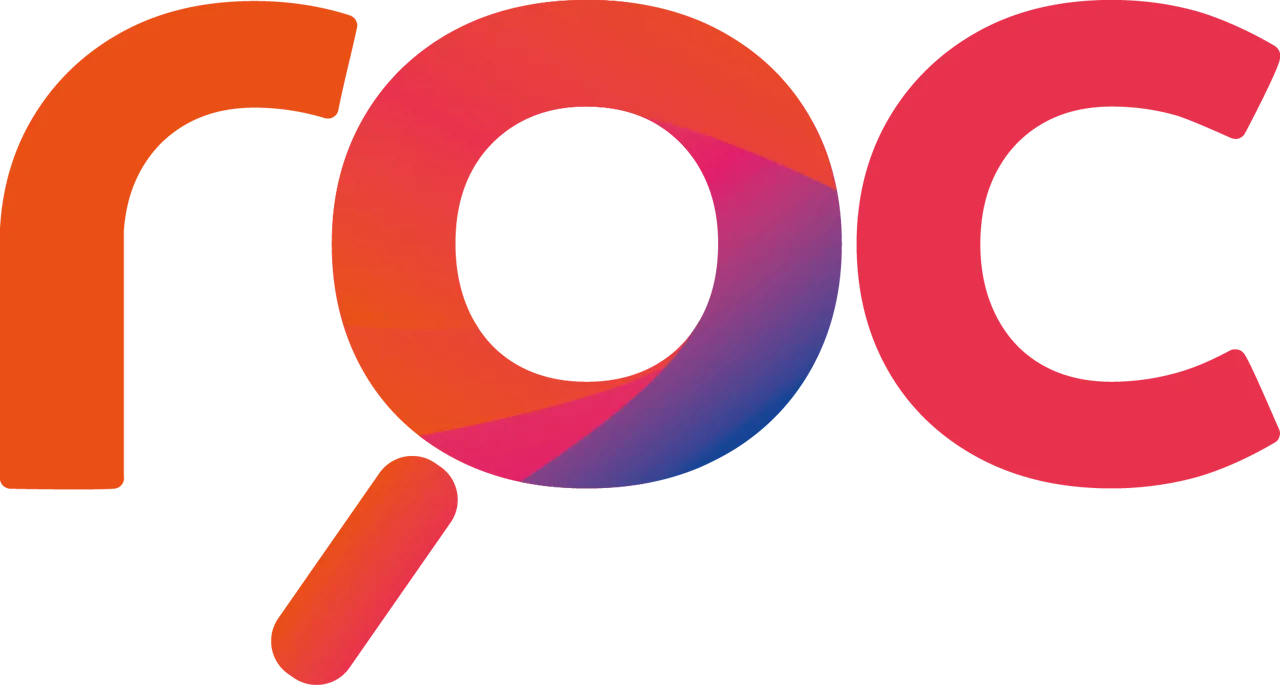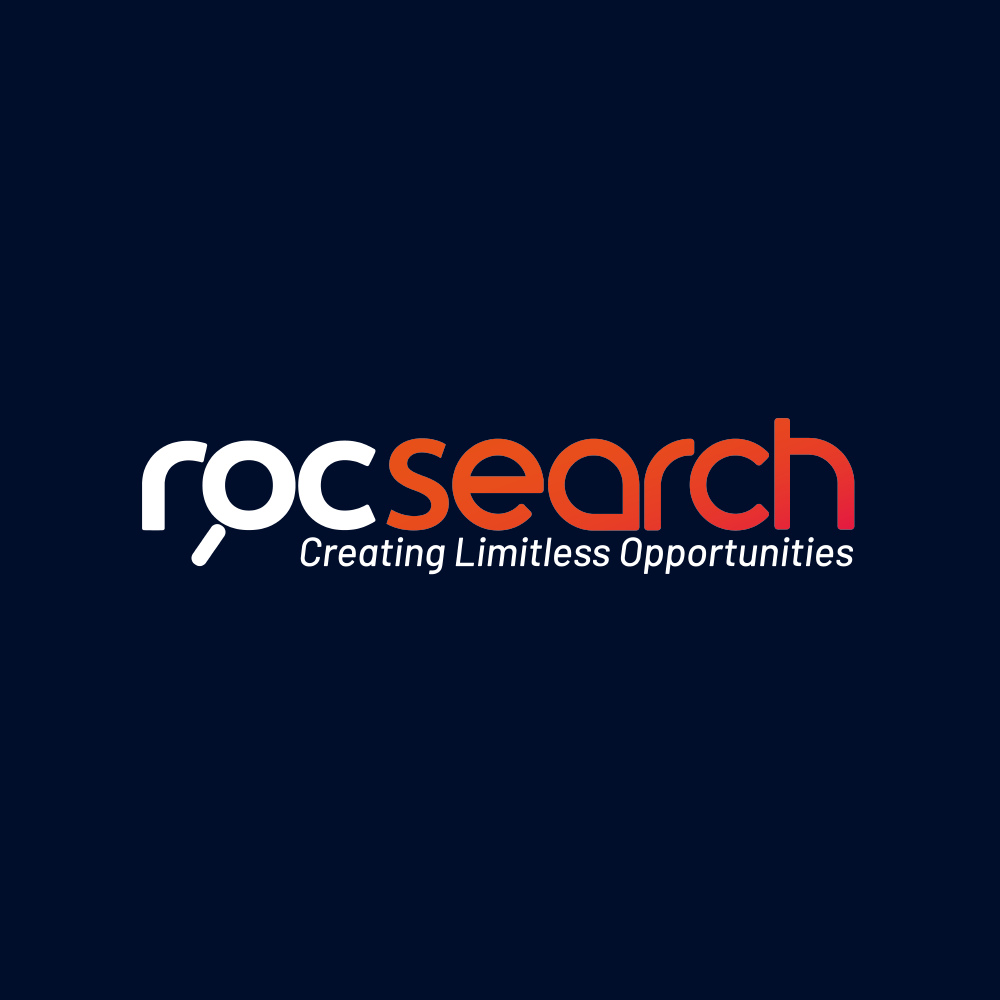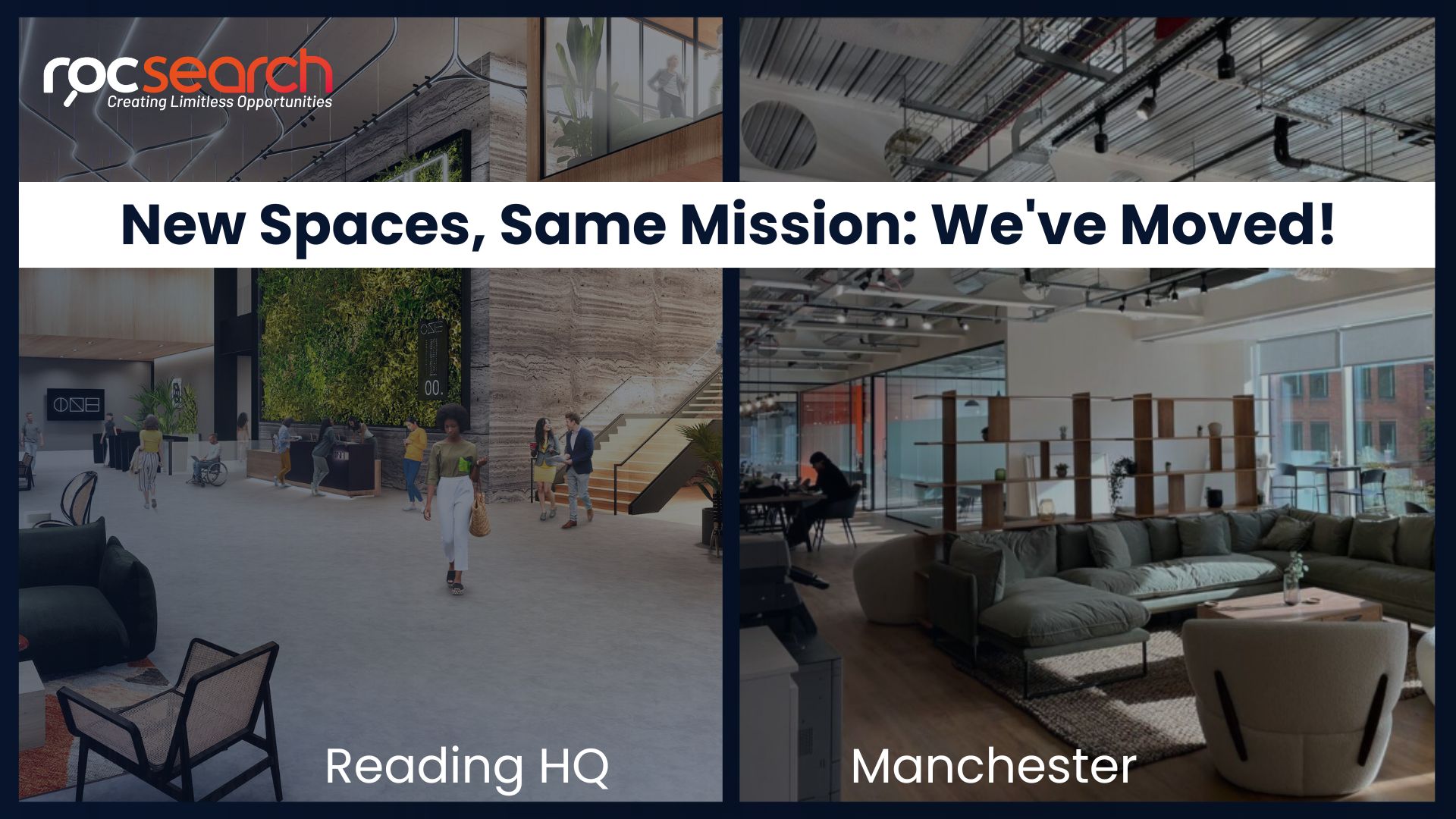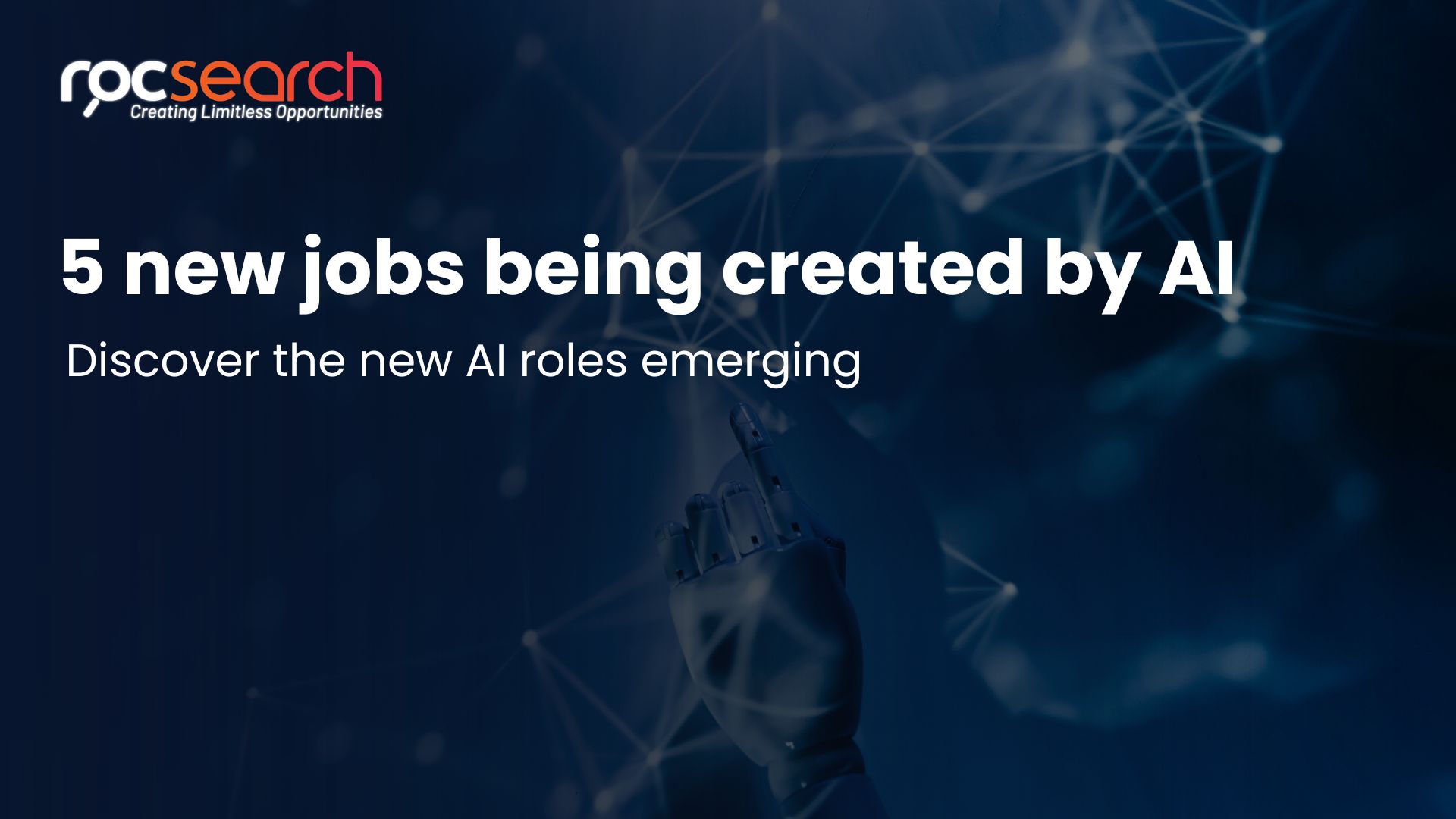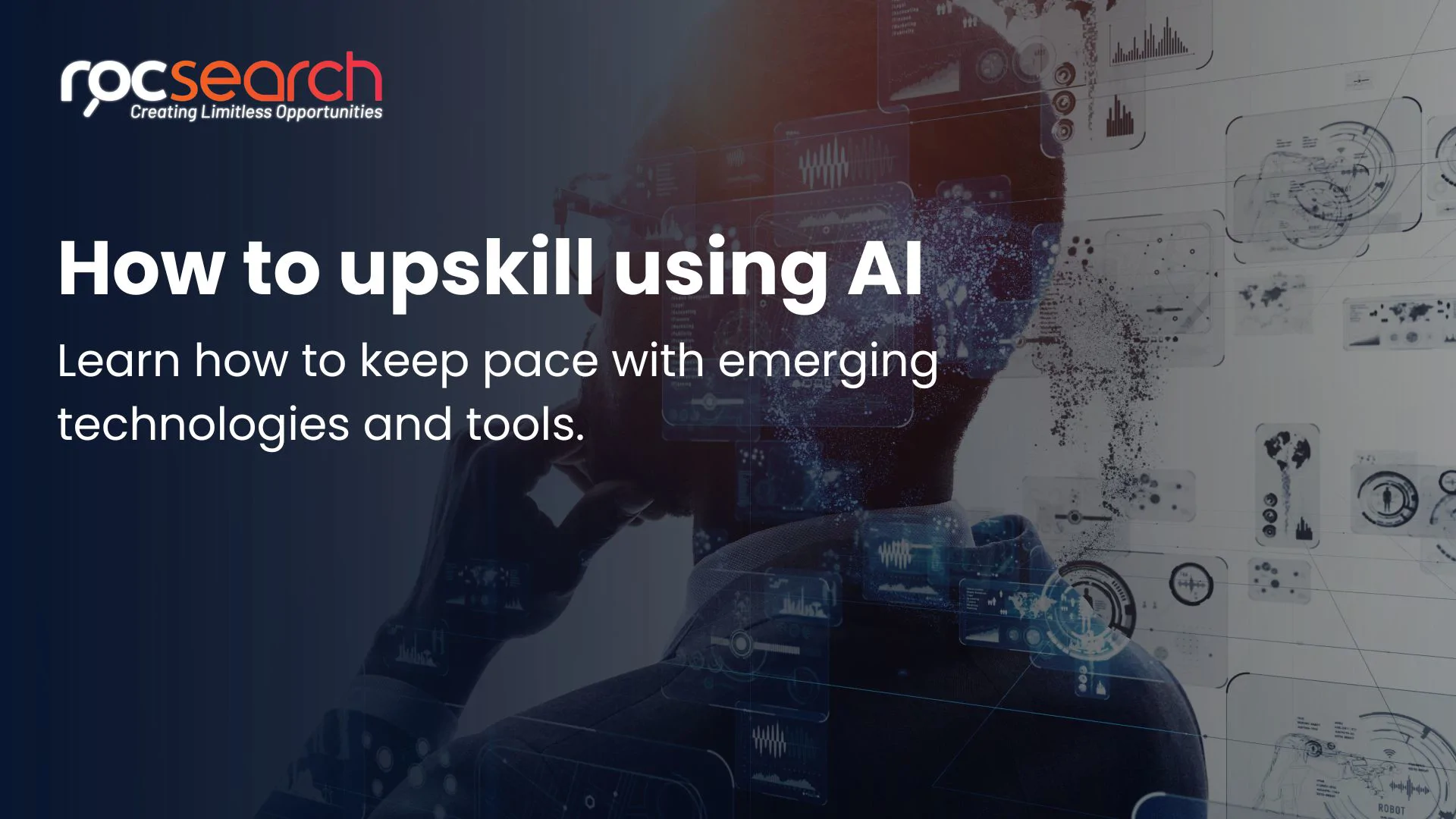
AI art. Will AI change what it means to be an artist?
01 Dec, 202210 minsMany industries and professions have grown used to the ‘robots are coming for our jobs...
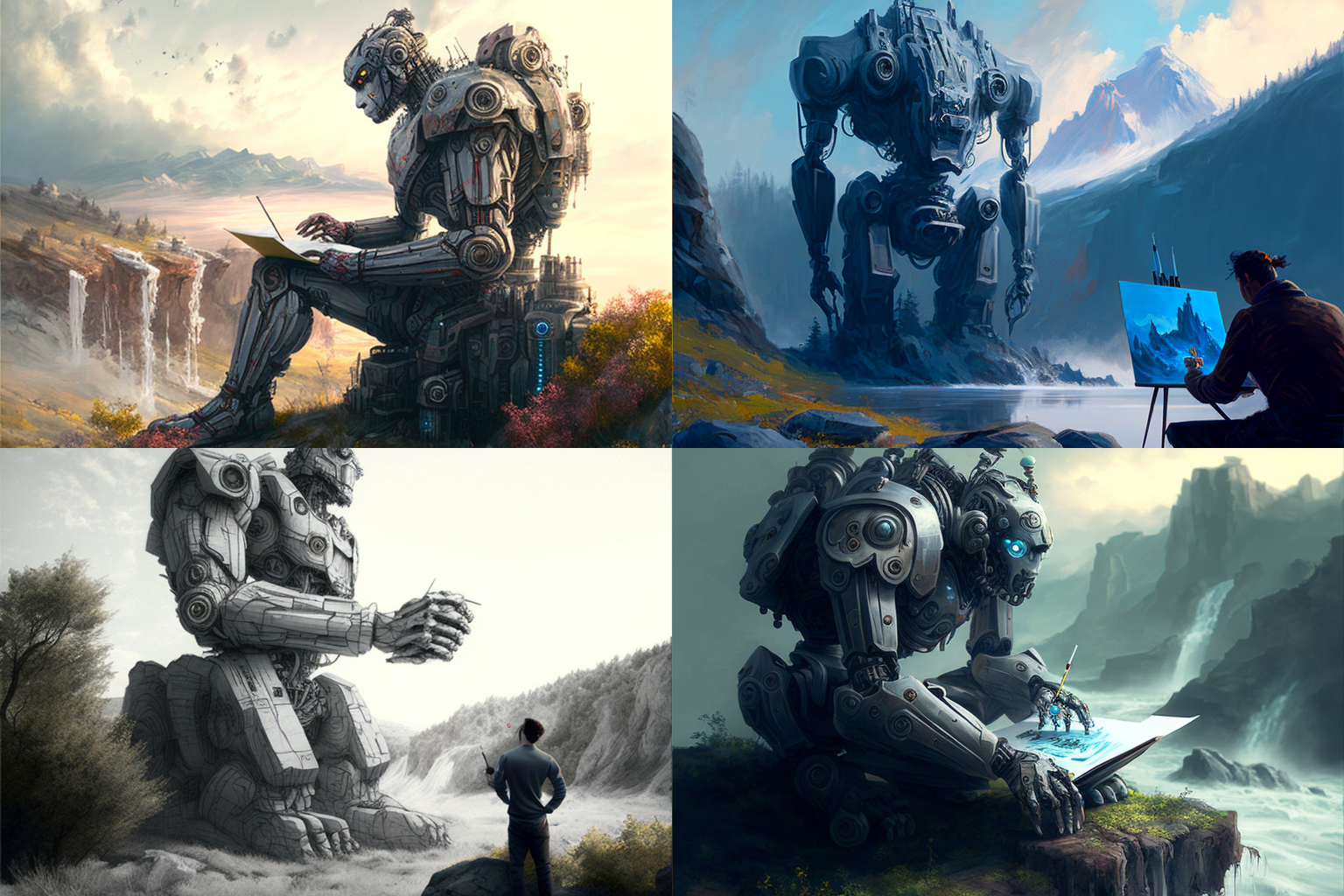
Many industries and professions have grown used to the ‘robots are coming for our jobs’ narrative. Even tech professionals aren’t insulated from the impact of AI-based automation. Now, we can add ‘artist’ to the list of professions being disrupted by AI. (As if it wasn’t already hard enough to make a living as an artist!)
But what is AI art and is it really as dystopian as it sounds? Could it, in fact, just be a new medium for creatives to express themselves? And how does it even work?
Throughout this blog I will be popping in some of the Art I’ve “created” using the AI tool MidJourney, based on requests sent to me by friends. Now let’s delve into the divisive world of AI art!
Okay, let’s start with the basics: what is AI art?
AI art, or AI generative art, refers to images that are created by machine learning algorithms, based on prompts (prompts which may or may not reference the style of existing artworks). In other words, you could use an AI generative art tool to create a new artwork for you depicting whatever you want, in whatever style. You give the tool a prompt – a portrait of a robot artist, in the style of Kahlo, for example – and it spits out an image.
While AI art is – excuse the pun – generating a lot of hype right now, it’s hardly a new concept. The term ‘generative art’ dates back to the 1960s, when it was used to refer to art based on mathematics or algorithmic codes. What’s different now is we have new tools that allow even amateurs to harness machine learning and create their own art – and, of course, this is all spurred on by the NFT craze, since the resulting artworks can be traded as NFTs.
How do AI programs create art?
Two of the main AI art tools are Midjourney and Dall-E 2, both machine learning programs that turn text prompts into unique, custom-made images. Therefore, both programs hinge on being able to interpret natural language descriptions. Indeed, DALL-E 2 uses a version of OpenAI’s super-impressive GPT-3 machine learning model, which writes natural language text. (Interestingly, Dall-E 2 can also take an existing image as the prompt and create new variations of that image. Midjourney, as yet, can’t.)
Both tools are sophisticated enough to work with pretty much any text prompt. You could type a whole sentence, or input keywords like ‘steampunk’ and ‘sunset’, and you’d get an image that fits your bill. You could even input something wacky like ‘the leaves rub their crunchiness on the ballerina’s back’ and the program would still give you an image. It’s pretty cool. And if you don’t like the end result, you simply tweak the prompt until you get the desired result.
Whether or not the user’s prompt references existing artists, these programs base their images on existing works. Midjourney and Dall-E 2 essentially scrape millions of images from the internet, and the algorithms look for patterns and relationships in those artworks – then, the program uses those patterns and relationships to generate new images in the same style.
How has the art world responded?
Erm, how do you think? The backlash has been pretty severe, with many critics saying it’s basically cheating. Case in point: when an AI-generated picture won a prize at the Colorado State Fair’s annual art competition, the internet wasn’t happy. (The winner made it clear when he entered his work that it was created with Midjourney.)
When you consider that photography wasn’t considered art when it first emerged – many painters were outraged by the invention of the camera – it’s clear that art is an ever-changing, fluid concept. Which makes it hard to say something isn’t art just because it doesn’t conform to traditional ideas of creativity.
Technically speaking, art is defined as any expression of human imagination – and human imagination (in the form of prompts) is required to generate AI art. So one could technically argue that AI art is, well, just another kind of art.
One objective criticism of AI art is around the way in which the art is created. Because these tools learn from existing artworks that have been uploaded to the internet, and then replicate the patterns and relationships from those artworks, some critics say it’s just a new-fangled form of plagiarism. Working artists who share their art online may be unwittingly training these tools, and without any recognition or compensation.
It’s fair to say there are unanswered ethical questions around AI art. But is it capable of creating beautiful art? For sure. Will it redefine what it means to be an artist? Quite possibly. Just as the camera created a whole new stream of artists, programs like Midjourney and Dall-E 2 may create a new generation of AI artists.
Technology is, once again, causing ripples across every known industry. It’s constantly evolving at an unprecedented pace, so hiring in this fast-paced world can be a challenge. Luckily, that’s where we shine. So if you’re looking for the next hire into your team, or your next role in the industry, Roc Search are here to help!
